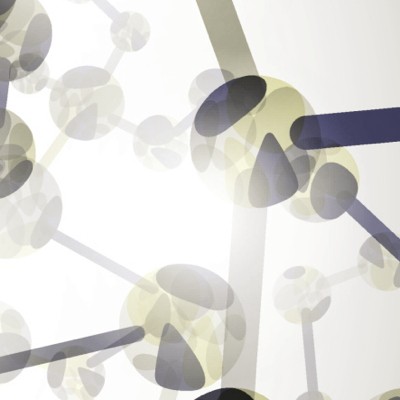Q-Lift MDA™: Immediate lifting effect.
Q-Lift MDA™ boosts the innovative and exclusive combination of six natural ingredients synthesised in one anti-ageing product that immediately blends into the epidermis and releases a remarkable triple action:
- LIFTING,
- ENERGISING,
- and ANTI-STRESS
- Immediate lifting effect:
- Wrinkles and fine lines in the eye contour and elasticity: -31%
- Immediate lifting effect felt by 90% of women
- Improved hydration: +27%
- Reduction in the production of free radicals and antioxidants: -72%
* in vivo tests on ingredients
Q-Lift MDA™ smoothes the skin lastingly, providing it with intense hydration and neutralising the formation of free radicals.
Smoother, the skin is as if rejuvenated. The complexion is radiant and even.
Immediate lifting effect
Q-Lift MDA™ blends quickly with cellular activity in the epidermis and rebuilds the cellular tissue to immediately improve the skin’s micro-relief and produce an instant, visible and lasting lifting effect. It tones tissues and restores all the skin’s elasticity.
Scientifically proven effects show a significant 31% reduction in wrinkles in the eye contour. In the first few minutes after application, this effect is felt by 90% of women and persists for more than 6 hours.
Hydrates intensely
Q-Lift MDA™ fortifies the hydrolipid film by stimulating the skin’s defences. An exceptional energiser, Q-Lift MDA™ acts like a radiance reinforcer to cool, hydrate and illuminate the complexion.
Clinical studies show 27% more hydration than a conventional moisturiser 2 hours after applying and 24% more 8 hours after applying.
Reduces oxidative stress
A highly effective anti-free radical, Q-Lift MDA™, protects the cells from oxidative stress caused by UV rays, pollution and the pressures of modern life. Q-Cell MDA™ inhibits free radicals and stops them from attacking cells and collagen. It thus protects the skin’s youthfulness, day after day.
Clinical studies show up to 72% reduction in the formation of reactive derivatives of oxygen.





